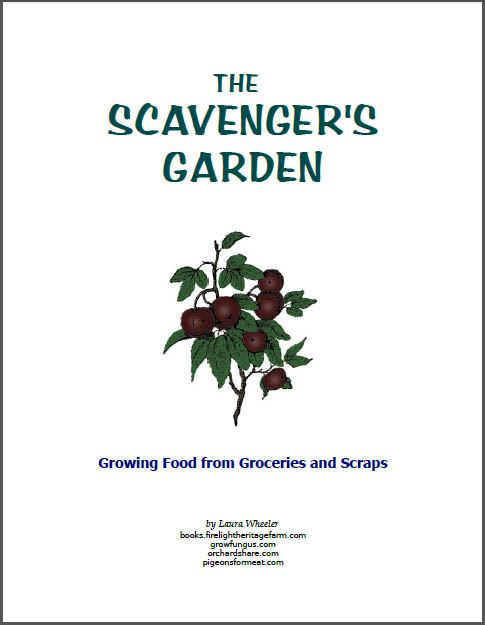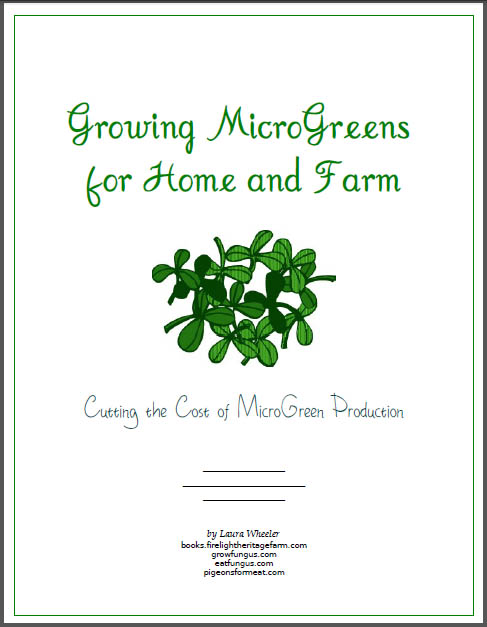 Click to Download Your Free Heritage Pickling and Culturing e-Book Now!
Click to Download Your Free Heritage Pickling and Culturing e-Book Now!
Instant Download, NO Registration Required!
How Much Livestock Do I Need To Be Self-Sufficient?
It all depends on what your definition of self-sufficiency is! And the size of your family!
Self-sufficiency is a goal that many people have, in one way or another, but they all have a different definition. That is ok, because we find that self sufficiency is not so much an end goal, as it is a series of progressions. ANY degree of self-sufficiency is good, and however you define it, that is good.
As far as livestock, we will state the goal as follows:
- You produce all of your meat, eggs, and dairy products.
- You produce as MUCH fodder and feed for your animals as you can.
Ok, so these goals are usually achieved as a series of steps. You get chickens, then rabbits, then goats, then ducks, etc.
In order to look at meeting all of your needs, then we need to break down to a number of animals per person. Mix and match in each category. Calculations based on having enough to eat meat generously, so you have enough to feed guests or share in times of need.
White Meat - Chickens, Rabbits, Turkey (est 10 lb meat per)
- 1 Doe Rabbit (plus 1 buck for every 4-5 does) - will produce about 2-3 dozen meat rabbits
- OR 2 dozen Meat Chickens per year (dual purpose birds will produce less meat, so you need to adjust)
- OR 6 Turkeys
Red Meat - Beef, Duck, Goose
- 1/3 of a Beef (counting only the meat, NOT the bones - but marrow bones may be counted)
- OR 60 large ducks
- OR 30 large geese
Other Meat - Pigs, Pigeons, Guinea Fowl, etc - This category is supplementary, may or may not offset other meat items depending on your consumption and how often you have guests or share. Still based on PER PERSON estimates.
- 1/2 hog - If you love sausage, ham, bacon, and other cured meats, you may want more, or you may also make them from other meats
- 2 breeding pairs of Pigeons - will produce 2 young from each pair every 36 days or so
- 20 guinea fowl
Fish - Need seafood 1-2 times per week
- Difficult to estimate numbers needed to stock, because of loss to predation, cannibalism, and other factors. Mostly listed here so you can consider it.
Eggs
- 2 laying hens per person (dual purpose hens will lay less so you will need more)
- OR 6 Quail hens
- OR 1 laying duck or goose
Milk
- 1 Goat for every 3 people for milk only
- 1 Dairy Cow for every 4-8 people, depending on milking capacity
Butter and Cheese
- 1 Goat for every 2 people for Butter and Cheese
- 1 Dairy Cow for every 2-4 people, depending on milking capacity
Fats
- Hogs, ducks, and geese provide fats for both internal and external use.
As stated, this is for GENEROUS use, and numbers may decline some with larger families as guest and sharing amounts won't rise at the same percentage as family members increase.
This DOES take into account some loss averages, but not all.
It is only a starting point. If you end up with more animals than you need, or than you can process in a timely manner, they can be traded for other animals that you need more.
Raising ALL your own meat, dairy, and eggs is a challenge, but it is a very rewarding pursuit. It connects you back to the cycles of life and providing in a very sacred way.








